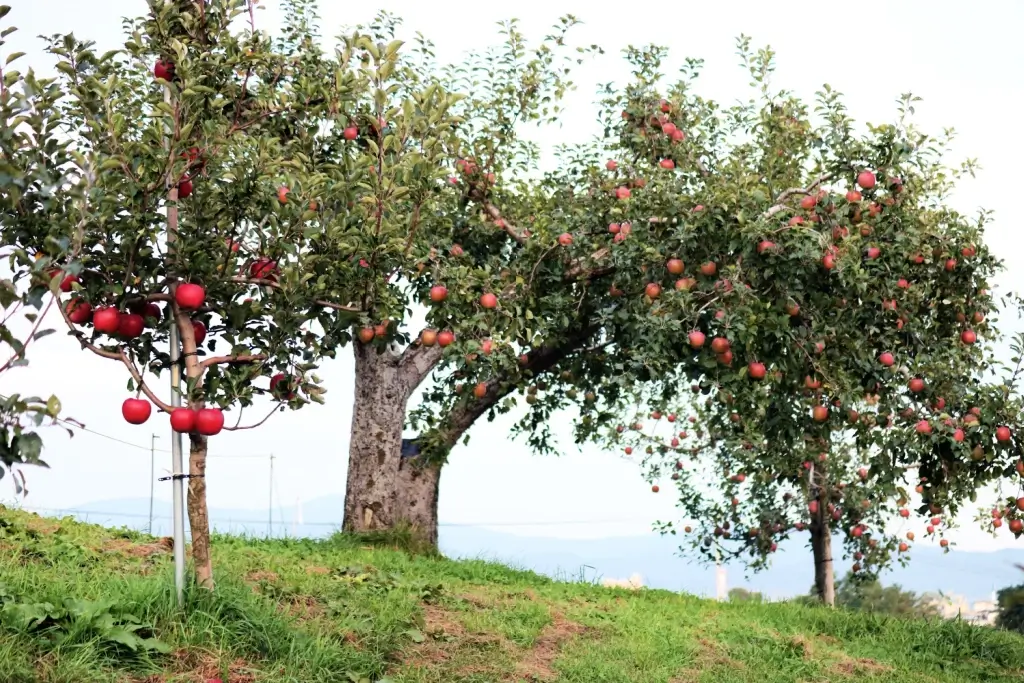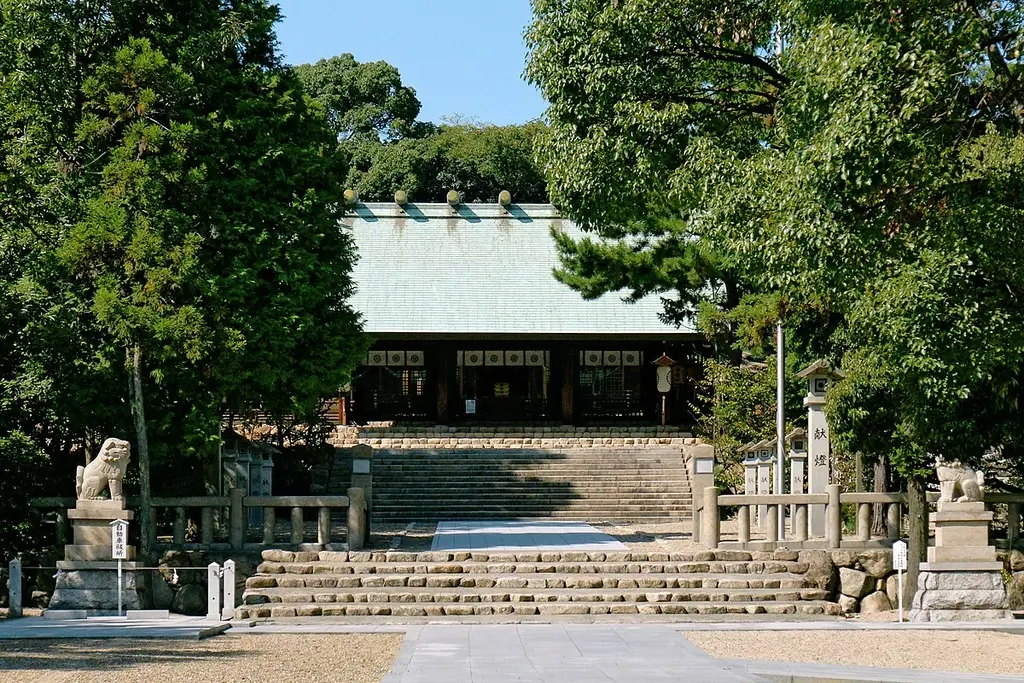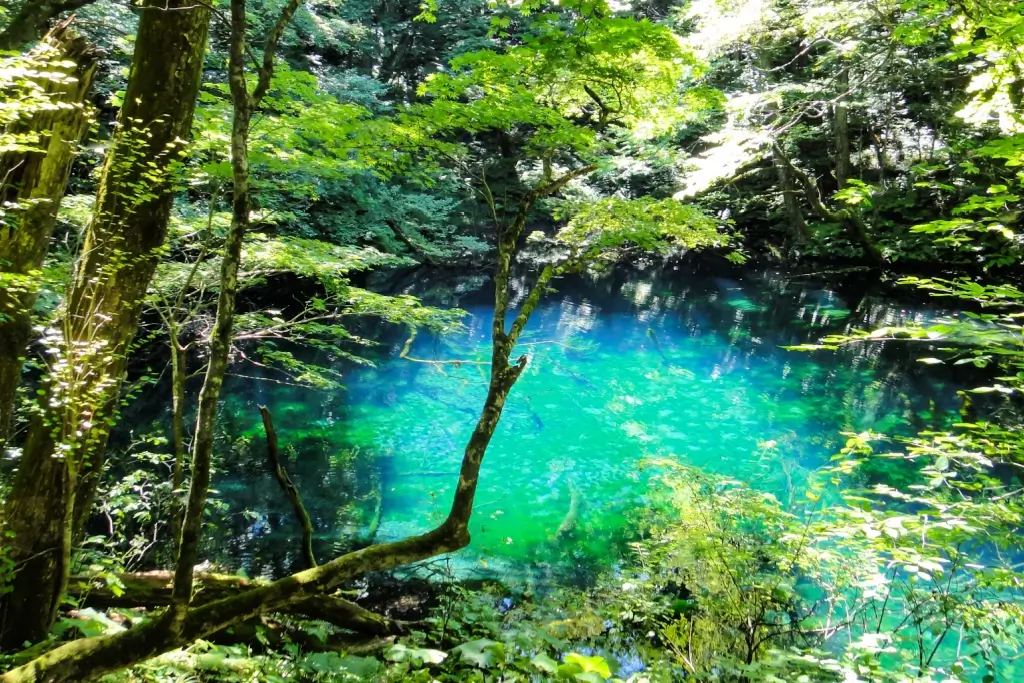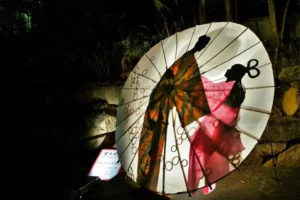Aomori Prefecture is a hidden gem known for its stunning natural landscapes and rich cultural heritage. Often referred to as “the blue forest of the north,” Aomori is home to lush greenery, breathtaking views, and unique attractions that highlight the region’s beauty. From vibrant apple orchards to ancient temples, Aomori offers visitors a chance to experience the charm of rural Japan in a serene setting.
Table of Contents
ToggleWhere is Aomori Prefecture?
Aomori Prefecture is in northeastern Honshu, Japan’s largest island. It borders the Sea of Japan to the west and the Pacific Ocean to the east. The region is known for its mountainous terrain and fertile agricultural land. Aomori produces some of Japan’s finest apples, celebrated for their sweetness and crispness.
The capital city, Aomori City, is a gateway to the region’s attractions. Visitors can explore local markets and cultural sites like the Aomori Museum of Art. The coastal areas also provide stunning views and various outdoor activities. Traditional events, like the Nebuta Matsuri festival, highlight the prefecture’s vibrant culture. Overall, Aomori Prefecture is a captivating destination for nature lovers and cultural enthusiasts.
Hirosaki City Apple Park
One of the must-visit spots in Aomori is Hirosaki City Apple Park, where you can immerse yourself in the local apple culture. This expansive park showcases beautiful apple orchards where visitors can pick apples during harvest. The park also boasts a museum dedicated to the history of apple cultivation in the area and offers seasonal events, including apple-themed festivals.

Visitors can stroll through the orchards while enjoying stunning views of Hirosaki Castle in the background, especially during cherry blossom season when the park is in full bloom. The park’s laid-back atmosphere makes it ideal for families and anyone looking to experience the local agricultural traditions.
Showa Daibutsu

Another significant attraction in Aomori is the Showa Daibutsu, a towering Buddha statue in Hiranai. Standing 21 meters (69 feet) tall, this impressive statue is one of the largest in Japan and offers a peaceful spot for reflection and contemplation. The statue is surrounded by beautiful gardens and walking paths, making it a lovely place to spend an afternoon. Visitors can explore the grounds and enjoy the serene atmosphere while learning about the history and significance of this monumental statue.
Aomori Contemporary Art Center

For art enthusiasts, the Aomori Contemporary Art Center is a must-see destination. This innovative space showcases a diverse range of contemporary artworks from both Japanese and international artists. The center hosts various exhibitions, workshops, and events throughout the year, allowing visitors to engage with the art community. The center’s architecture is striking, with modern designs that blend seamlessly with the natural surroundings.
Are you looking for great snacks this fall? Check out Sakuraco! Sakuraco delivers traditional Japanese snacks, teas, and sweets from local Japanese makers directly to your door.
Hirota Shrine

Hirota Shrine is another highlight of Aomori Prefecture, renowned for its stunning architecture and spiritual significance. Located in Aomori City, this Shinto shrine is dedicated to the deities of agriculture and prosperity. The serene atmosphere and beautiful gardens make it a perfect spot for visitors seeking tranquility. The shrine hosts various festivals annually, showcasing traditional Japanese culture and customs. Visitors can explore the grounds, enjoy the beautiful scenery, and participate in traditional rituals. The shrine’s peaceful setting provides a beautiful escape from the hustle and bustle of city life.
Shirakami Sanchi
Shirakami Sanchi stands as one of Aomori’s crown jewels. This UNESCO World Heritage Site features ancient beech forests and diverse wildlife. Visitors can explore hiking trails showcasing the untouched beauty of Japan’s wilderness. The lush greenery and tranquil streams create a serene atmosphere for outdoor enthusiasts and nature lovers.

Hiking in Shirakami Sanchi provides a unique opportunity to see rare flora and fauna, including the Japanese black bear and various bird species. The natural beauty of this area is a reminder of the importance of conservation and the need to protect such incredible landscapes.
Why should I head to Aomori Prefecture?
People should head to Aomori Prefecture because it offers a unique blend of natural beauty, cultural heritage, and outdoor adventures. From apple picking at Hirosaki City Apple Park to exploring the tranquil paths of Shirakami Sanchi, Aomori provides countless opportunities for exploration and enjoyment. The region’s rich history and traditions are reflected in its many attractions, making it a fascinating destination for travelers.

Aomori’s diverse offerings cater to various interests, whether seeking adventure in nature, cultural experiences, or simply a peaceful retreat. The region’s charm connects visitors with Japan’s traditions and stunning landscapes. Have you ever visited Aomori Prefecture or have a favorite location in Aomori? Share your experiences or ask any questions in the comments below!











